Article Overview: Living in Alaska, Moving to Alaska
Thinking about living in Alaska, eh? Well I’ve got news for you. It’s an adventure that exceeds some folks wildest dreams and drives other people out faster than you can say Ketchikan.
As someone who has lived in Alaska for most of my life I can say there are some amazing things about living in Alaska and some things everyone should know before moving here.
Consider yourself as and adventurous sort that can forgo some creature comforts in return for epic natural bounty? Maybe living in Alaska is your pace. Loathe darkness, cold weather, rain, and high prices. Moving to Alaska might not be quite your speed.
In this article I’ll cover the pros and cons of living in Alaska based on my own personal experience. Keep in mind that these opinions are based merely on my own time here and others may have other experiences.
Ready to head to America’s Last Frontier? Let’s get started!
Living in Alaska
Table of Contents: Living in Alaska
Table of Contents: Living in Alaska
- Pros & Cons of Living in Alaska
- Pros of Moving to Alaska
- 1. The Natural Splendor
- 2. Alaska Has a Great Sense of Community
- 3. Alaska Is the Most Outdoorsy State in America
- 4. Living in Alaska Pays Dividends, Literally
- 5. No State Sales Tax
- 6. Access to fresh, local seafood
- 7. No State Income Tax
- 8. Alaska Has Some of the Best Air Quality in America
- 9. Spirit of Adventure
- 10. The Wildlife Is As Incredible As They Say
- 11. Alaskan culture is incredibly unique
- Cons of Living in Alaska
- 1. Hello Darkness My Old Friend…
- 2. The Isolation
- 3. Living in Alaska is Expensive
- 4. Moving to Alaska Can Be A Bit SAD… (We’re Talking Seasonal Affective Disorder)
- 5. The Economy Largely Dependent On Resource Extraction
- 6. The Bad Weather, Especially Rain
- 7. Lack of Fresh Produce
- 8. The Limited Housing Options
- 9. High Costs of Goods
- 10. Those Damn Mosquitoes
- Retiring in Alaska FAQ
- Map of Alaska
- Summary of the Pros & Cons of Living in Alaska
- Pros and Cons of Living in Alaska
- Pros of Moving to Alaska
Pros of Moving to Alaska
1. The Natural Splendor
If nature is important to you then consider it a top pro of moving to Alaska. Alaska is home to some of the most stunning landscapes in the world, including over 3,000 glaciers and over 100,000 miles of coastline.
In fact, over half of the land in Alaska is protected wilderness, ensuring that these beautiful landscapes will be preserved for generations to come.
In the summer, the days are long and the wildflowers are in bloom, creating a colorful tapestry across the landscape. In the winter, the snow-capped mountains and frozen lakes provide quite a contrast to the dark skies.
Here are some interesting statistics about Alaska’s natural beauty:
- The highest peak in North America, Mount Denali, is located in Alaska and stands at over 20,000 feet tall.
- Alaska is home to the largest national forest in the United States, the Tongass National Forest, which covers over 17 million acres.
- Alaska has the longest coastline of any state in the United States, at over 6,600 miles long.
- Alaska is home to over 100 species of mammals, including brown bears, moose, wolves & over 400 species of birds, including bald eagles and puffins.
No matter where you go in Alaska, you’re sure to be awestruck by the beauty of the natural world. The state is home to so many species of the world’s most incredible wildlife, including brown bears, moose, and bald eagles.
Watching these animals in their natural habitat is an unforgettable experience.
2. Alaska Has a Great Sense of Community
In Alaska, the sense of community is strong. In fact, according to a survey conducted by the Alaska Housing Finance Corporation, nearly 75% of Alaska residents say that they know their neighbors well and feel a strong sense of community in their neighborhood.
As a local Alaskan, I can attest to the strong sense of community that exists in our state. Despite the vastness of Alaska, Alaskans overall have a deep sense of connection to one another and a strong sense of state pride.
One of the things that makes the sense of community so strong is the fact that many Alaskans are involved in outdoor activities together such as fishing, hunting, and hiking.
In addition to outdoor activities, there are also many community events and festivals that bring folks together throughout the year. From small town fairs to large cultural events, there are always opportunities to come together and celebrate the things that make Alaska special.
Another thing that contributes to the strong sense of community in Alaska is the fact that we rely on one another for support in daily life. In rural areas, for example, folks often rely on their neighbors for help with things like shoveling snow or carpooling.
3. Alaska Is the Most Outdoorsy State in America
You heard it right, if outdoor recreation is important then living in Alaska just got easier. Alaska was ranked the most outdoorsy state in America with 81 percent of the population being involved in outdoor activities. Call it a way of life.
Alaska has a wealth of outdoor recreational opportunities, including over 3 million acres of state park land. In fact, according to the Alaska Department of Natural Resources, Alaska has the most state park land per resident of any state in the country, making it a paradise for outdoor enthusiasts.
4. Living in Alaska Pays Dividends, Literally
Every year, residents of Alaska receive a dividend check from the Alaska Permanent Fund Corporation (APFC). This check is a way for the state to share the wealth generated by the state’s oil and mineral resources with its residents.
The average amount of the dividend check is around $1,600, although the actual amount can vary from year to year depending on the performance of the fund. In recent years, the amount of the dividend has ranged from a low of $900 to a high of $2,000.
For someone who receives one of these dividend checks, it’s always a welcome boost to the old income. The money can be used for anything that I choose, from paying bills to saving for a rainy day. Some folks I know use it toward a vacation every year.
5. No State Sales Tax
Here’s one of the best pros of living in Alaska – the state of Alaska does not have a state sales tax. Instead, it relies on other sources of revenue, such as taxes on oil and natural gas production, to fund state government services.
This lack of a state sales tax is unusual among U.S. states, as the majority of states impose some form of sales tax on purchases made within the state. The decision to not impose a state sales tax in Alaska is rooted in the state’s history and its reliance on natural resource extraction for revenue.
When Alaska was first established as a state in 1959, its economy was primarily based on fishing, mining, and other extractive industries. The state’s leaders at the time believed that a state sales tax would be burdensome for businesses and residents, and opted not to impose one.
In recent years, there have been efforts to reconsider the lack of a state sales tax in Alaska. Some argue that a sales tax could provide a stable source of revenue for the state and help to fund important government services. However, others are concerned that a sales tax could be detrimental to the state’s economy and place an additional burden on residents and businesses.
6. Access to Unlimited Fresh, Local Seafood
As a local in Alaska, I can say with 100% certainty (according to my taste buds) that the fresh seafood here is absolutely top-notch.
In fact, Alaska ranks in the top three states for the highest seafood harvest in the country, with over 5 billion dollars worth of seafood caught each year. But don’t just take my word for it – taste it for yourself and you’ll see that the succulent salmon, sweet crab, and delicious halibut are all world-class.
One of the things that makes Alaska’s seafood so amazing is its location. Situated in the far north, Alaska is surrounded by cold, clean ocean waters that are teeming with a wide variety of fish and shellfish.
This means that our seafood is not only fresh, but it also has a unique flavor that can’t be found anywhere else in the world. In other words, it’s the Arctic Circle of flavor.
Another reason why Alaska’s seafood is so fantastic is the variety. Whether you’re in the mood for a hearty fish stew, a delicious salmon salad, or simply a steaming plate of steamed crab legs, you’ll be able to find it all in Alaska.
In fact, there are so many different types of seafood to choose from in Alaska that you could eat a different type of fish or shellfish every day for a year and still have some leftovers.
7. No State Income Tax
Looking to move to Alaska to save on even more taxes? Great idea. Alaska is one of only a handful of states that does not have a state income tax. This means that residents of Alaska do not have to pay state taxes on the money they earn from wages, salaries, and other forms of income.
The lack of a state income tax can be a financial benefit for residents, as it can help to offset the high cost of living in the state. However, it can also mean that the state has limited resources for funding certain programs and services, such as education and healthcare.
Additionally, the absence of a state income tax can make it more difficult for the state to respond to economic downturns or other financial challenges.
8. Alaska Has Some of the Best Air Quality in America
Looking to fill those lungs with some fresh, clean air? Living in Alaska could just be for you.
One thing Alaskans are very proud of is our clean air and water quality. I can confidently say that the air and water here is absolutely pristine. With its vast, unspoiled wilderness and strict environmental regulations, Alaska is a true haven for clean air and water.
One of the things that makes Alaska’s air and water so clean is its location. Situated in the far north, away from the pollution of major cities and industrial areas, Alaska is blessed with some of the cleanest air in the country. In fact, according to the EPA, over 90% of the air quality monitoring sites in Alaska have air quality that is classified as “good” or “moderate,”
Another reason why Alaska’s air and water are so clean is the state’s commitment to protecting the environment. With strict regulations on pollution and development, as well as a strong focus on conservation and sustainable resource management, Alaska takes its role as a steward of the environment very seriously.
As a result, the Alaska Department of Environmental Conservation (DEC) reports that over 90% of the state’s surface waters are classified as “clean” or “moderately clean,” with only a small number of areas classified as “polluted.”
9. Spirit of Adventure
Oh you adventure seeker you… With its rugged wilderness, stunning natural beauty, and endless opportunities for outdoor exploration, Alaska is the perfect place to let your adventurous spirit run wild.
One of the things that makes Alaska so special is the way it stirs your soul. From the moment you set foot in this wild, beautiful land, you can feel the thrill of adventure coursing through your veins.
Whether you’re hiking through the towering peaks of the Alaska Range, fishing for wild salmon in a glacial stream, or simply gazing at the stunning natural beauty that surrounds you, Alaska has a way of making you feel alive like nowhere else on earth.
Another thing that makes Alaska so incredible is the sense of freedom that you feel here. With its vast, unspoiled wilderness and lack of crowds, Alaska is a place where you can truly escape the hustle and bustle of everyday life and connect with nature in a way that is truly special.
Exploring the wild forests, paddling a kayak through the crystal-clear waters, and taking a deep breath of the clean, fresh air, Alaska is a place where you can truly be free.
10. The Wildlife Is As Incredible As They Say
Alaska is home to an incredibly diverse array of wildlife, including over 1,700 species of plants and animals. Alaska is home to more than half of the world’s brown bears and is the only state in the U.S. where you can find all three species of North American bears: the grizzly, black, and polar bears.
One of the most popular places for wildlife viewing in Alaska is Denali National Park. Denali is home to many different species of animals, including bears, moose, caribou, and wolves. Another popular destination for wildlife viewing in Alaska is the Katmai National Park and Preserve. This park is famous for its brown bears, which can often be seen fishing for salmon in the park’s rivers.
But honestly, to see something spectacular you rarely have to go far as the wildlife opportunities are all around – sometimes in your own backyard!
11. Alaskan Culture Is Incredibly Unique
Alaska has a rich cultural heritage, with a blend of Native American, Russian, and American influences. In fact, according to the Alaska Native Heritage Center, Alaska is home to over 200 Native American tribes and language groups, making it one of the most diverse states in the country in terms of indigenous cultures.
In more recent years, Alaska has also been influenced by the cultures of European explorers and settlers, as well as more recent immigrants from various parts of the world. This has created a diverse and vibrant cultural landscape, with over 20% of the state’s population being of Native American or Alaska Native descent.
One of the things that makes Alaskan culture so interesting is its focus on the natural environment. The state’s rugged landscape and extreme climate have shaped the way of life of its residents, and this can be seen in many aspects of the culture.
From the traditional hunting and fishing activities of the indigenous peoples to the state’s thriving outdoor recreation industry, which generates over $2 billion in annual economic activity, the connection to the land is a defining feature of Alaskan culture.
Cons of Living in Alaska
1. Hello Darkness My Old Friend…
If long (and we’re talking looonnnggg) periods of darkness are challenging for you then living in Alaska may not be your cup of tea. Darkness here can be a real challenge. Alaska experiences long, dark winters and short, sunny summers. This can be a difficult adjustment for newcomers moving to Alaska.
According to the National Oceanic and Atmospheric Administration (NOAA), the average daily sunlight in Fairbanks, Alaska during the winter months is just 3.5 hours! One of the negative effects of the darkness in Alaska is the impact it can have on mental health. The long, dark winters can lead to a condition known as Seasonal Affective Disorder (more on that below).
These symptoms can be especially difficult to cope with in a place like Alaska, where the long winters can make it feel like you’re living in a never-ending episode of Game of Thrones (Winter is coming, and it never seems to leave).
Another negative effect of the darkness in Alaska is the impact it can have on your safety. With the long, dark winters, it’s not uncommon for roads and sidewalks to be covered in ice and snow, making everyday tasks all the more treacherous.
2. The Isolation
Alaska is a vast and very remote state with many communities being extremely isolated from the rest of the country. This can make it difficult to access basic services and amenities, such as medical care and grocery stores. In fact, according to the U.S. Census Bureau, about 40% of Alaska’s population lives in rural areas that are considered “frontier” or “remote.”
As with many of the items on this list of pros and cons of living in Alaska, this largely depends on where you live. Larger cities like Fairbanks, Juneau, & Anchorage have pretty much all the amenities you could hope for as well as entertainment. The more rural cities can feel like you’re on the surface of the moon.
3. Living in Alaska is Expensive
The cost of living in Alaska is really high. Alaska has the fifth highest cost of living of any state in the United States. The cost of housing in particular is high in the state, with the average home price in Alaska being nearly twice the national average. The cost of groceries and health care are also higher in Alaska.
Our remote location and difficult climate make it more expensive to transport goods and services to and from the state, which drives up the cost of living. In addition, the state’s economy is heavily dependent on the oil industry, which can be volatile and contribute to fluctuations in the cost of living. A bust year for oil hits hard.
The high cost of living in Alaska can be particularly challenging for those on fixed incomes or low salaries.
4. Moving to Alaska Can Be A Bit SAD… (We’re Talking Seasonal Affective Disorder)
If you are thinking about moving to Alaska then come prepared to combat SAD. Seasonal Affective Disorder, or SAD, is a type of depression that is related to the changing seasons. It typically occurs during the fall and winter months, when there is less natural sunlight. Symptoms of SAD can include feelings of sadness, low energy, and difficulty concentrating.
One common misconception about SAD is that it only affects people who live in cold climates. However, this is not the case. While SAD is more common in areas with long, dark winters, it can also affect people who live in other parts of the world.
One of the most effective treatments for SAD is exposure to bright light. This can help to improve mood and alleviate symptoms of depression. So if you’re feeling a little down during the winter months, you may want to try sitting near a window or using a light therapy box (here’s the one I use).
5. The Economy Largely Dependent On Resource Extraction
Alaska’s economy is largely based on resource extraction, such as fishing, mining, logging, and oil drilling. This means that the state’s economy is heavily dependent on its natural resources, which can be a good thing but also has its challenges (outside of the obvious ones like massive negative contributions to climate change).
One of the advantages of a resource extraction economy is that it can provide good jobs and a stable source of income for many people. For example, many Alaskans work in the fishing or oil industries, and these jobs can be well-paying and provide benefits like health insurance and retirement savings.
In 2019, the oil and gas industry in Alaska generated over $11 billion in economic activity, supporting over 33,000 jobs. The industry also contributed over $2.2 billion in state and local tax revenue (talk about a vice grip).
Timber is another important resource in Alaska, with the state’s forests providing a source of wood for the construction and paper industries. In 2019, the timber industry in Alaska generated over $935 million in economic activity, supporting over 5,500 jobs.
On the other hand, a resource extraction economy is vulnerable to changes in the market or shifts in consumer demand. For example, if the price of oil drops or there is a decline in the demand for fish, it can have dire impacts on the state’s economy.
6. The Bad Weather, Especially Rain
If you’re thinking of moving to Alaska, it’s important to be prepared for rain – lots of it. Despite its reputation for cold weather and snow, Alaska is actually one of the rainiest states in the United States.
According to the National Oceanic and Atmospheric Administration (NOAA), the average annual precipitation in Alaska is over 20 inches, making it the fifth rainiest state in the country. The city of Ketchikan, in particular, is known for its high levels of rainfall, with an average of over 150 inches per year.
But why is Alaska so rainy? One reason is the state’s location near the ocean. The moist air from the ocean is forced upward by the mountains, causing heavy rainfall in many parts of the state. Additionally, Alaska’s coastal location means that it is often hit by storms, which can bring even more precipitation.
Every time I think I’m coming to terms with the rain I visit someplace sunny and rethink my decision of living in Alaska all over again.
7. Lack of Fresh Produce
This one kills me. If you’re thinking about moving to Alaska then let’s just say I hope you love pickled goods. One of the challenges of living in Alaska is the difficulty of obtaining fresh produce. Because of its aforementioned remote location, much of the produce consumed in the state must be shipped in from other parts of the country or even abroad.
This can make fresh fruits and vegetables more expensive and less readily available than in other parts of the country. In addition to the high cost and limited availability of fresh produce, the growing season in Alaska is relatively short due to the state’s harsh climate.
This means that locally-grown fruits and vegetables may only be available for a few months out of the year, further limiting options for consumers. Despite these challenges, there are efforts underway to improve access to fresh produce in Alaska. For example, some communities have established local farmers markets or community gardens where residents can purchase locally-grown produce.
There are also initiatives to support the development of greenhouses and other methods of growing produce in the state.
8. The Limited Housing Options
The lack of available housing in Alaska, particularly in rural areas, can make it really difficult for residents to find a place to live.
As a result, many people end up living in small, crowded homes or temporary housing, such as trailers or cabins. In fact, according to the Alaska Housing Finance Corporation, over half of the households in rural Alaska are considered “overcrowded.”
Another issue is the lack of available land for development. Much of the land in Alaska is owned by the federal government, and there are strict regulations on how it can be used. This limits the ability of developers to build new housing units and contributes to the overall shortage of affordable options.
In addition to lack of houses to own, many Alaskan communities also face a lack of available rental units. Data from the U.S. Census Bureau shows that the vacancy rate for rental units in Alaska is just 4.6%, which is well below the national average of 6.9%.
This lack of availability means that many individuals and families are forced to compete for a limited number of rental units, which can drive up prices.
9. High Costs of Goods
Another one of the major challenges of living in Alaska is the high cost of goods. Because of the state’s remote location, many goods must be shipped in from other parts of the country or even abroad, which can drive up their cost. This is particularly true for (as mentioned before) fresh produce, which must be shipped to the state from far-off locations.
In addition to the high cost of transporting goods to the state, the small population of Alaska also contributes to the high prices of goods. Because there are fewer consumers in the state, businesses charge higher prices in order to cover their costs and remain profitable.
The high cost of goods in Alaska can be particularly burdensome for low-income individuals and families, who may struggle to afford the necessities of daily life.
In fact, data from the U.S. Census Bureau shows that the poverty rate in Alaska is higher than the national average, with 13.4% of residents living in poverty compared to the national average of 11.8%.
10. Those Damn Mosquitoes
Damn those mosquitoes. Some folks say that when you live here long enough they stop bothering you but I don’t believe it. Blood is blood. You have it. They want it. Alaska has some of the most ferocious mosquitoes in the world with a species called the “Alaska mosquito” that is known for its particularly aggressive biting habits.
According to statistics from the Alaska Department of Health and Social Services, the state is home to over 20 different species of mosquitoes, with the Alaska mosquito being the most prevalent. Some folks joke that mosquitoes are the state’s official bird, given their ubiquity and ability to survive in harsh environments.
These blood-sucking insects are most active during the warmer months of the year, typically from May to September. The constant buzzing and biting can be downright maddening, and in some cases, mosquitoes can even transmit diseases such as West Nile virus and malaria.
Retiring in Alaska FAQ
Alaska is a good place to live for folks who appreciate the stunning natural beauty and abundant outdoor recreational opportunities, and are alright with a high cost of living and challenging weather.
Alaska is a good place to retire for people who love nature, don’t live on a fixed income, and are alright with harsh weather. However, Alaska has some of the highest prices for goods and services in the country, and this can be a major hurdle for retirees on a fixed income. Additionally, the state’s harsh weather and isolated location can be difficult for some people to adjust to, particularly those who are used to living in warmer and more urban environments.
Is marijuana legal in Alaska?
Yes, marijuana is legal in the state of Alaska. In 2014, Alaska voters approved Ballot Measure 2, which legalized the possession, use, and sale of marijuana for recreational purposes for adults over the age of 21.
The law went into effect on February 24, 2015, making Alaska the third state in the United States to legalize marijuana for recreational use, after Colorado and Washington.
Under Alaska’s marijuana laws, adults over the age of 21 are allowed to possess up to one ounce of marijuana and grow up to six plants (with no more than three being mature) for personal use.
It is also legal to purchase marijuana from licensed retailers, and the state has established a system of taxes and regulations for the marijuana industry.
Map of Alaska
Summary of the Pros & Cons of Living in Alaska
- Natural splendor
- Sense of community
- Outdoor recreation
- Dividends
- No state sales tax
- Fresh seafood
- No income tax
- Great air quality
- Spirit of adventure
- Incredible wildlife
- Unique culture
- Darkness
- Isolation
- High cost of living
- Seasonal affective disorder
- Resource extraction economy
- Harsh weather & rain
- Lack of fresh produce
- Limited housing
- High cost of goods
- The mosquitoes
Pros and Cons of Living in Alaska
| Pros of Living in Alaska | Cons of Living in Alaska |
|---|---|
| Natural splendor | Darkness |
| Sense of community | Isolation |
| Outdoor recreation | High cost of living |
| Dividends | Seasonal Affective Disorder |
| No state sales tax | Resource extraction economy |
| Fresh, local seafood | Harsh weather & rain |
| No income tax | Lack of fresh produce |
| Great air quality | Limited housing |
| Spirit of adventure | High cost of goods |
| Incredible wildlife | The mosquitoes |
| Unique culture |
Pin Living in Alaska
Helpful Related Links
Living in Washington: 15 Honest Pros & Cons of Living in Washington
Living in Seattle: 15 Honest Pros & Cons of Living in Seattle
Living in Vancouver, WA: 15 Honest Pros & Cons of Living in Vancouver, WA
Best Neighborhoods Seattle: 10 Best Neighborhoods in Seattle to Live
Living in Oregon: 18 Honest Pros & Cons of Living in Oregon
Living in Portland: 20 Honest Pros & Cons of Living in Portland
Best Places to Live in the PNW: 15 Best Places to Live in the Pacific Northwest
Living in Hawaii: 15 HONEST Pros & Cons of Living in Hawaii
Living in San Francisco: 18 Honest Pros & Cons of Living in San Francisco
Living in Idaho: 15 Honest Pros & Cons of Living in Idaho
Living in Boise: 15 Honest Pros & Cons of Living in Boise
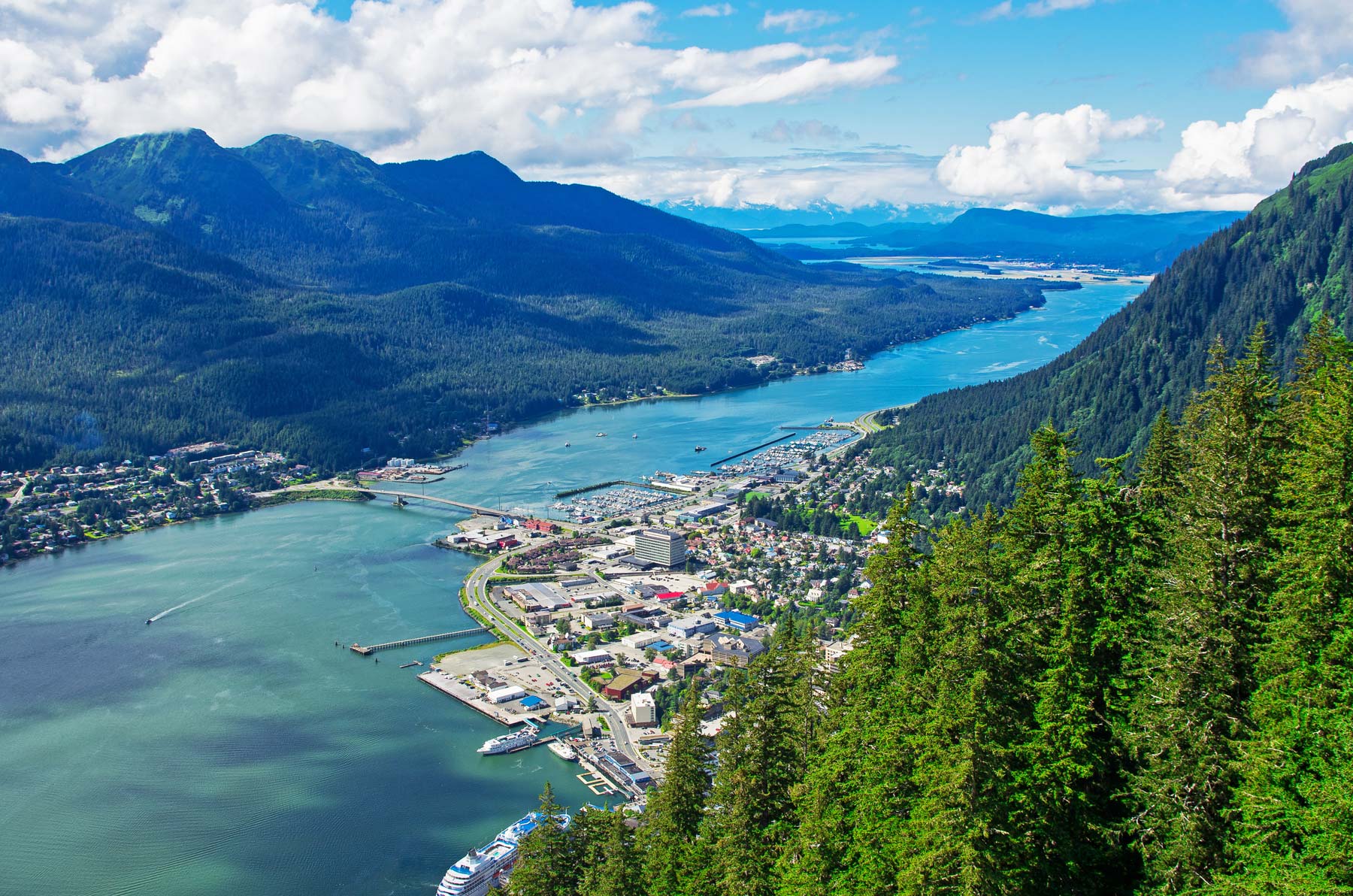
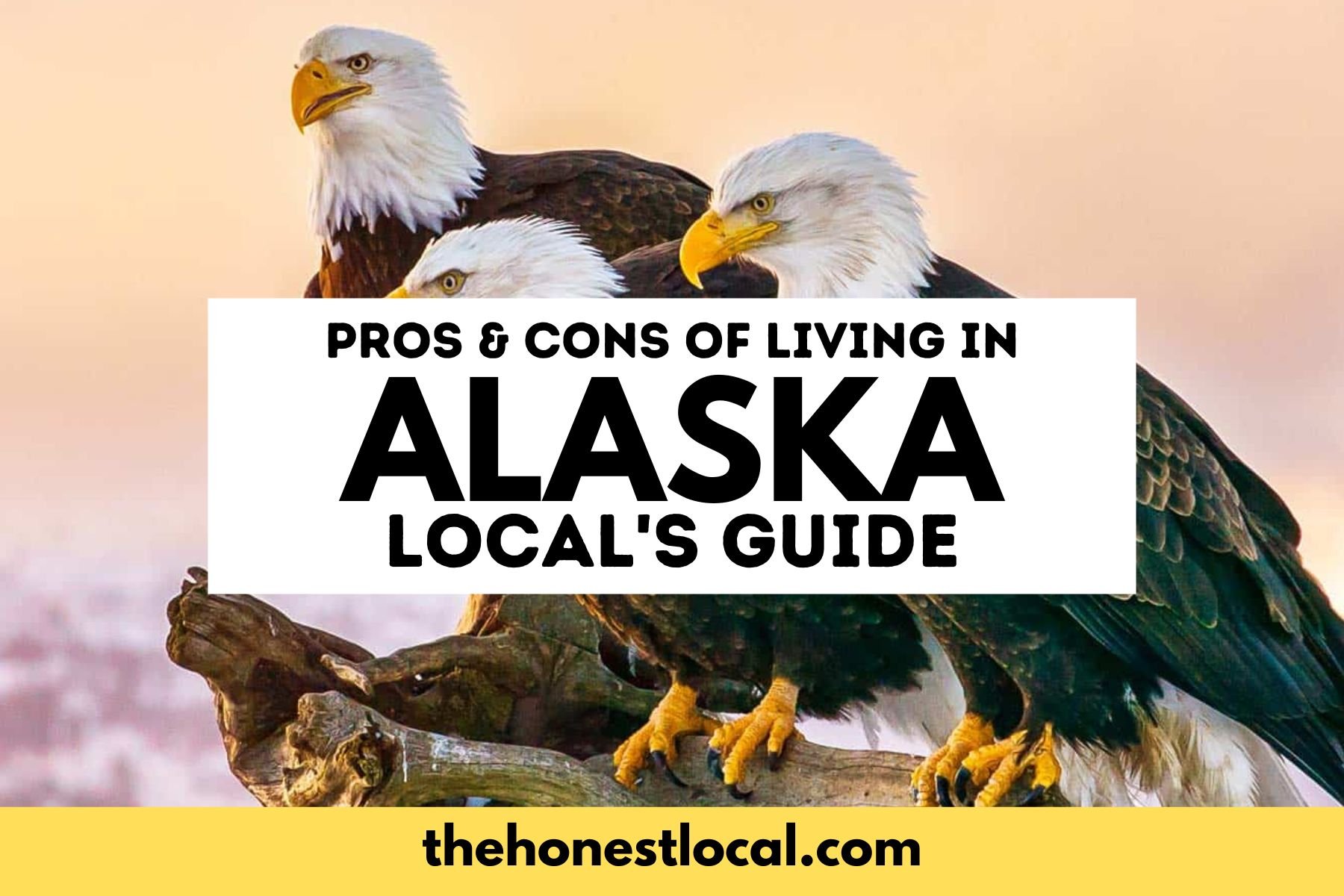
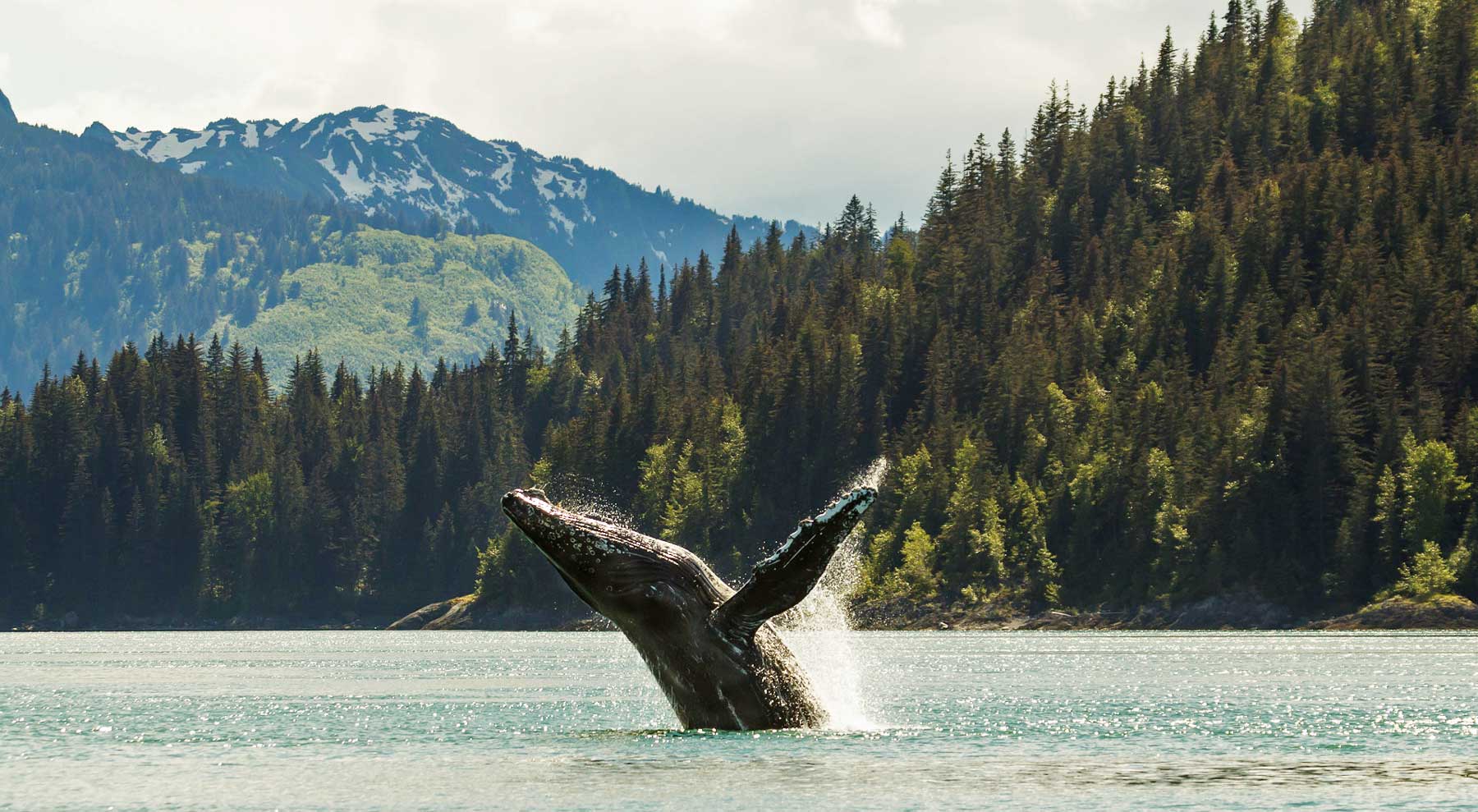
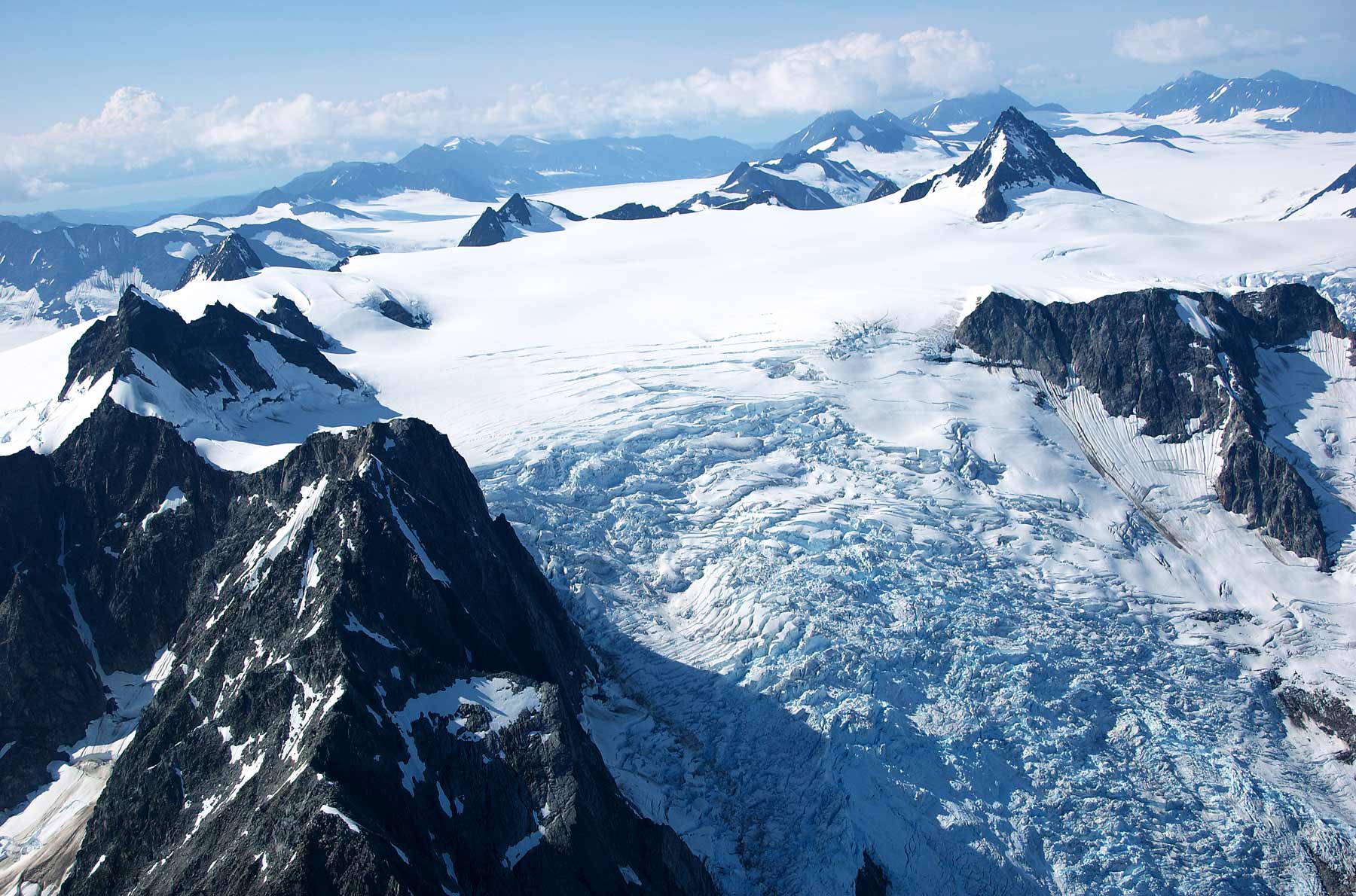
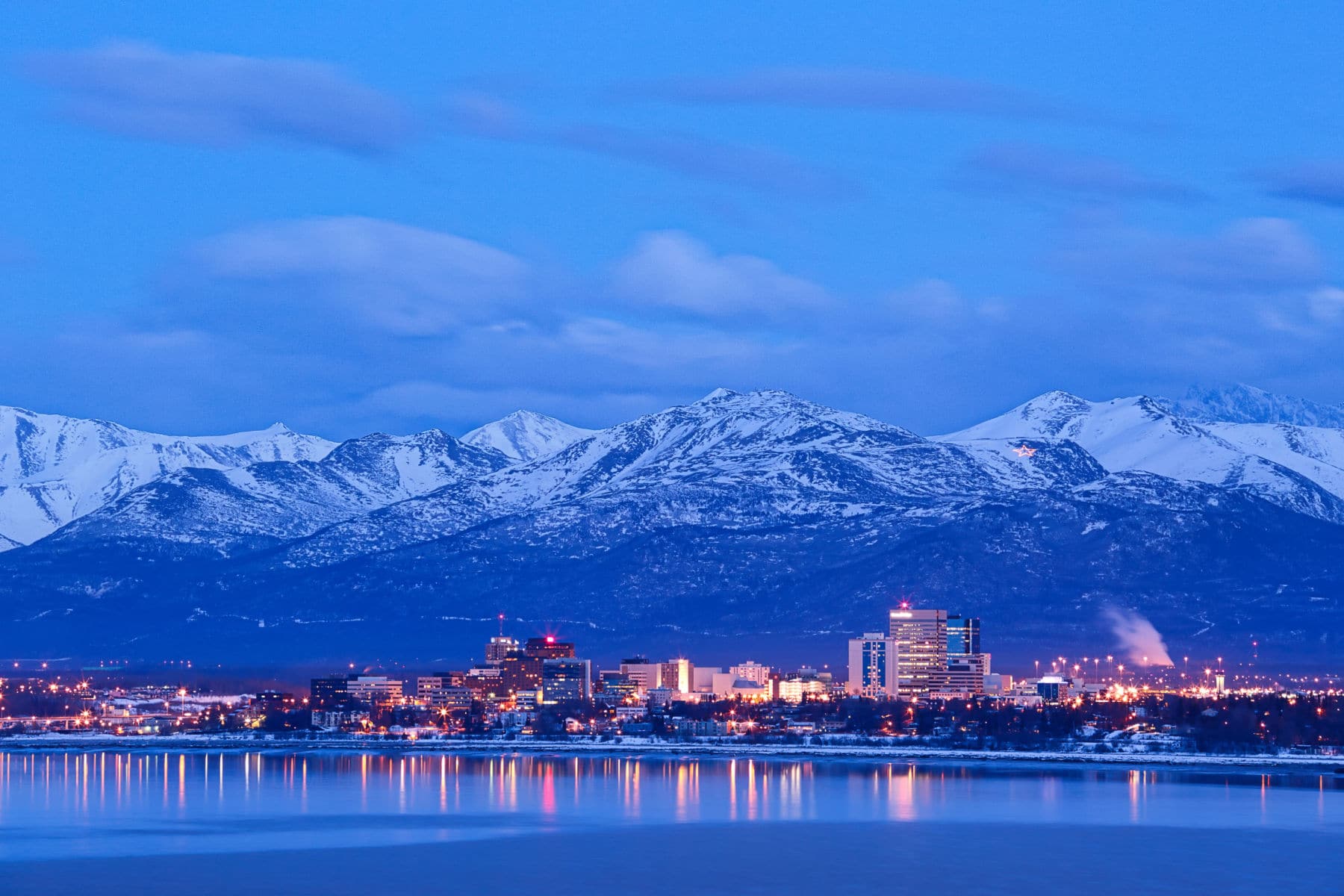
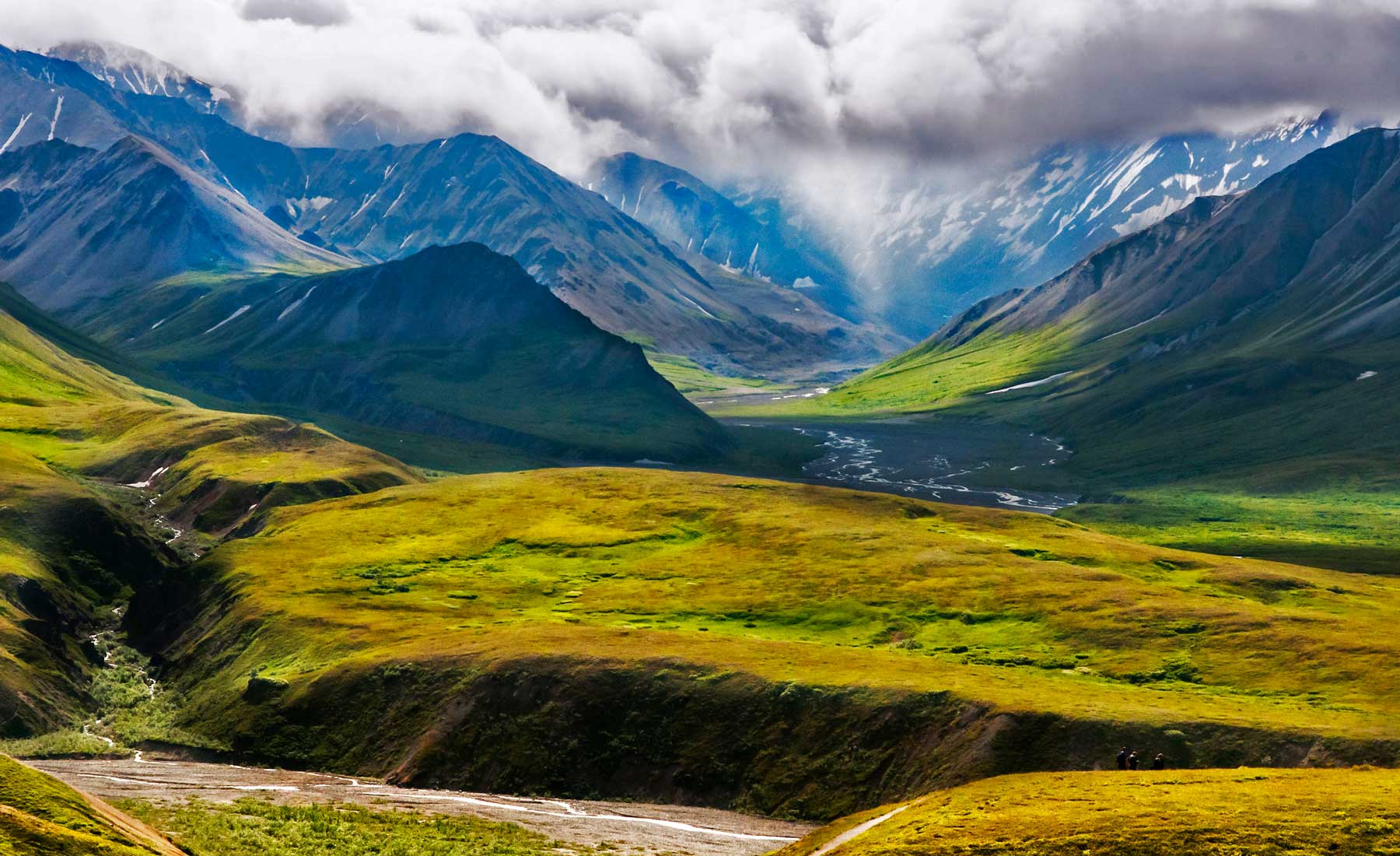
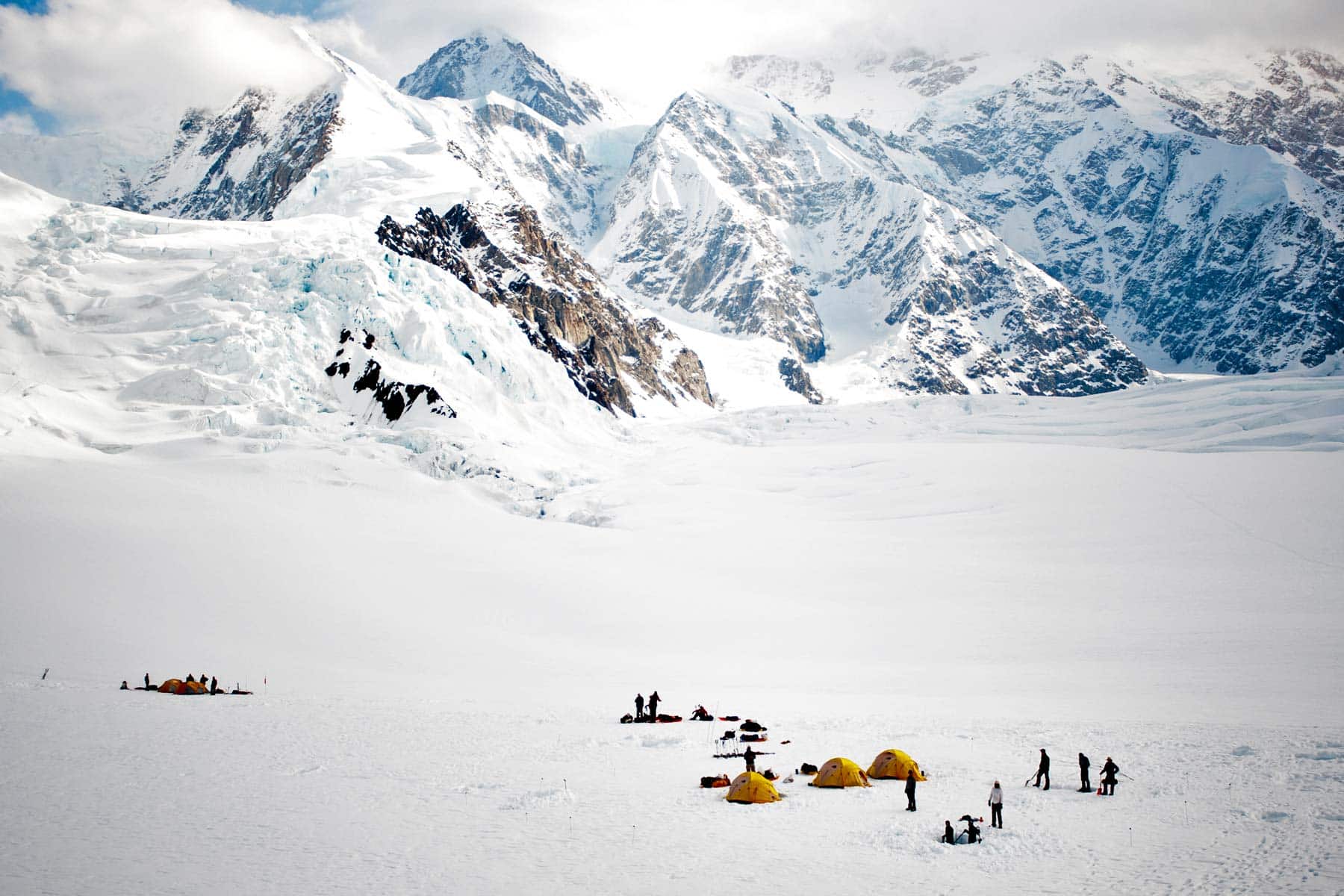
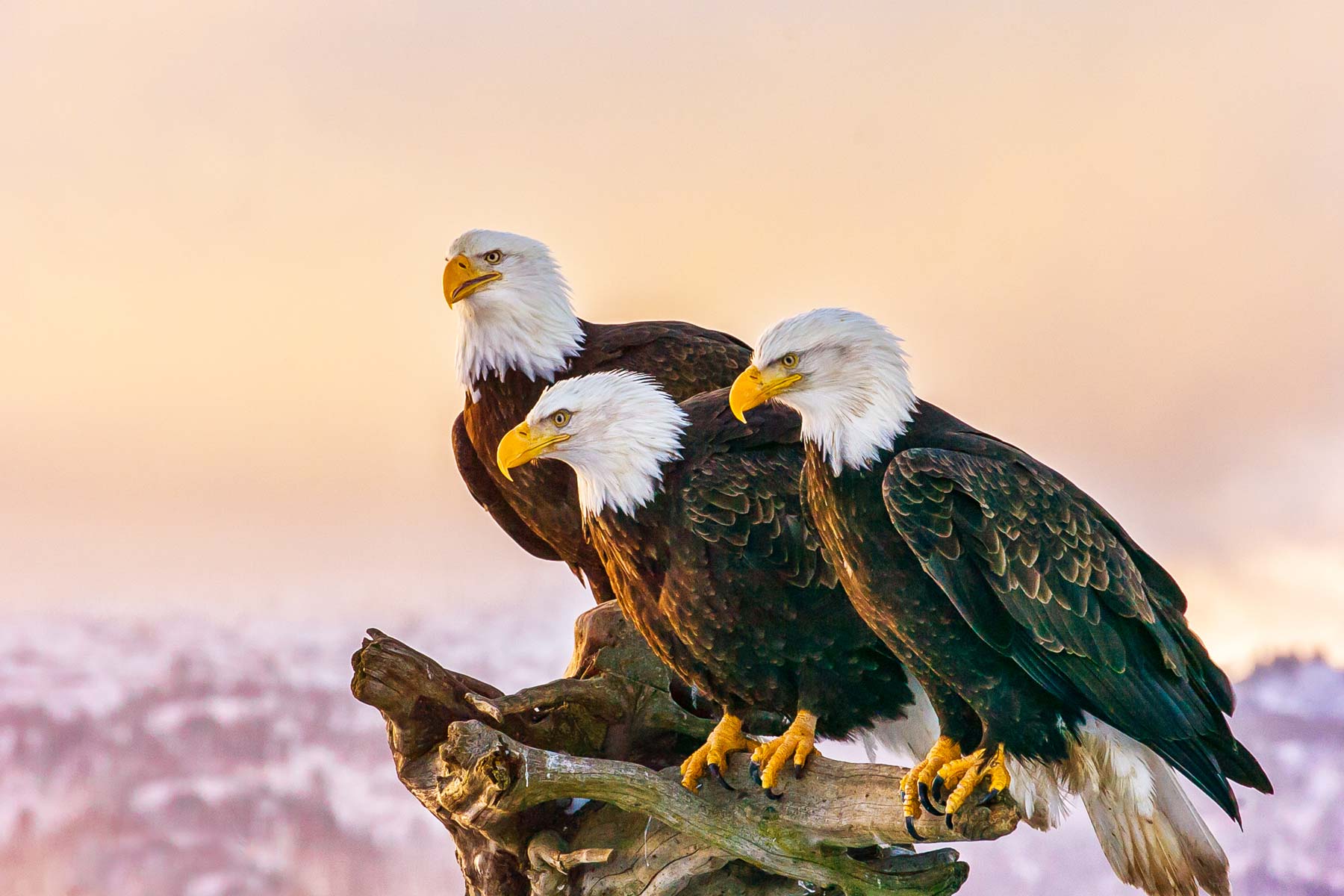

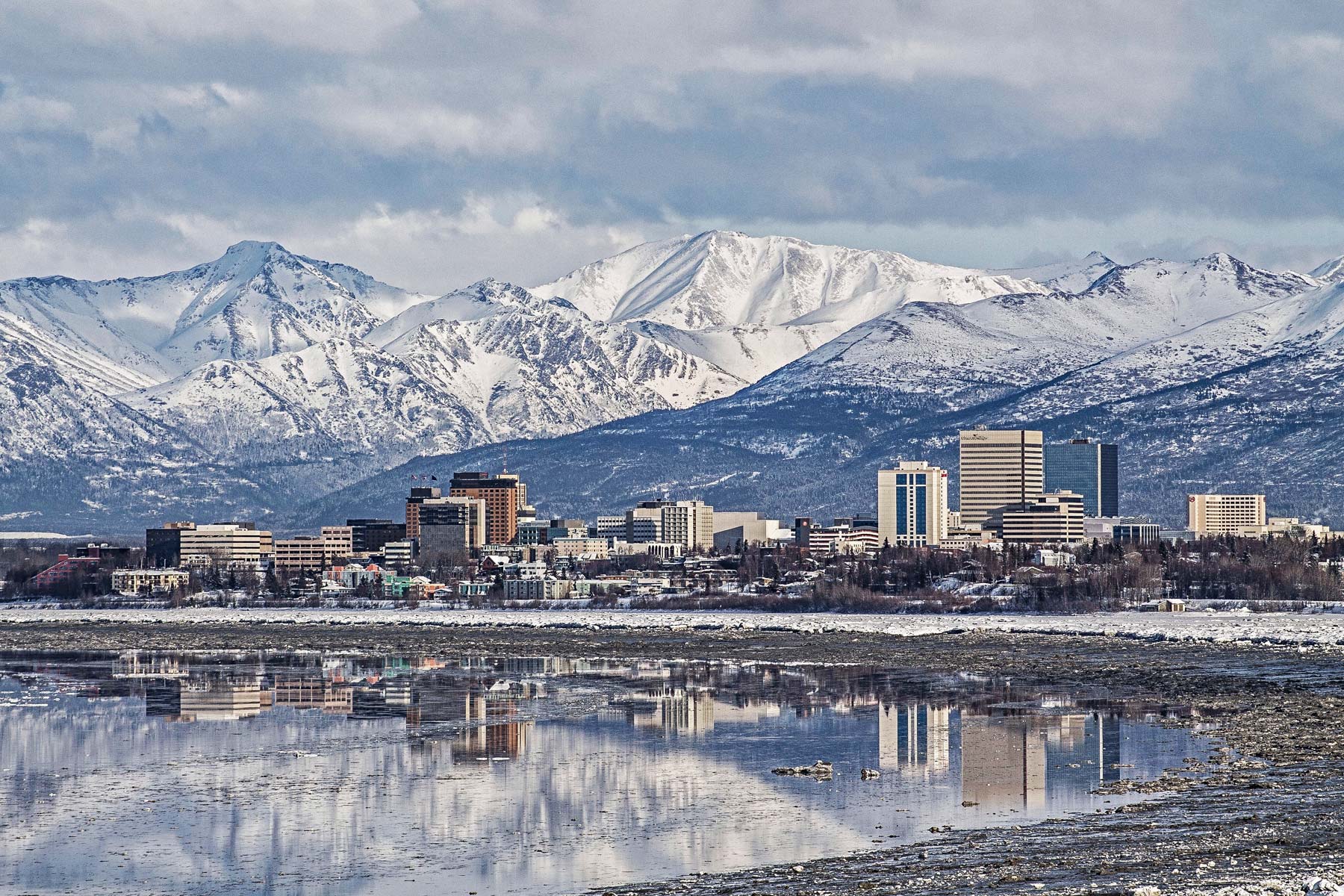
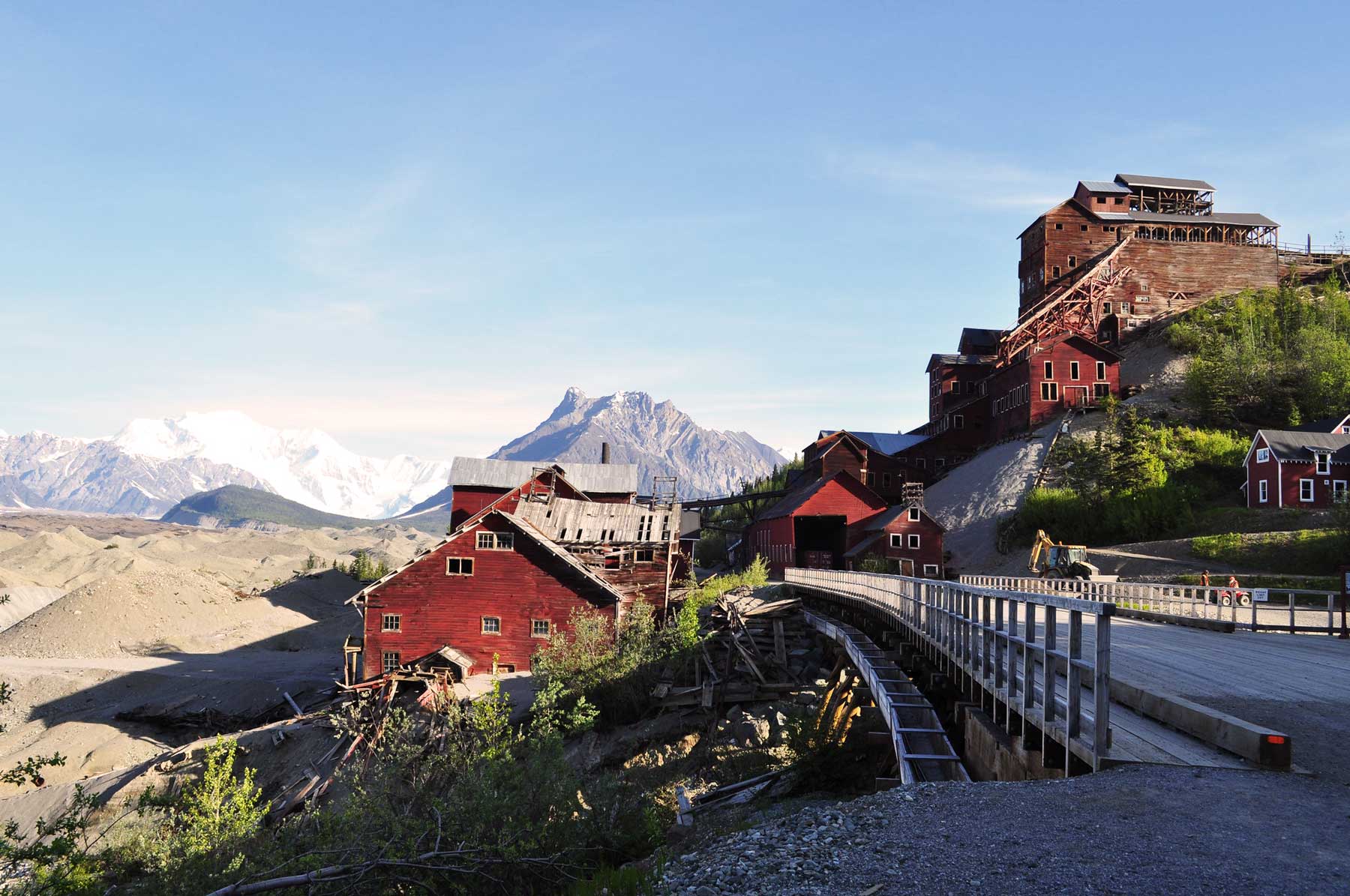
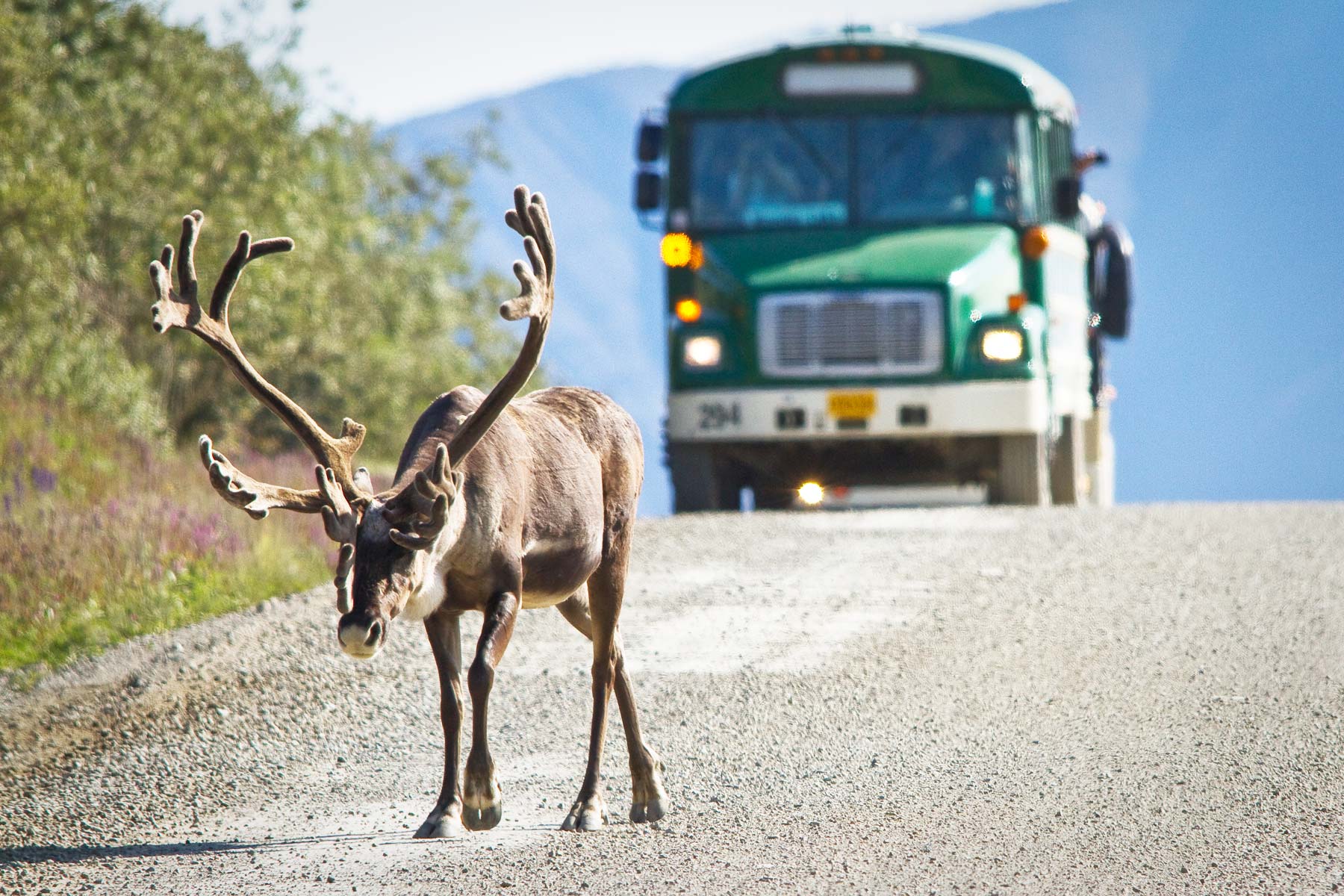





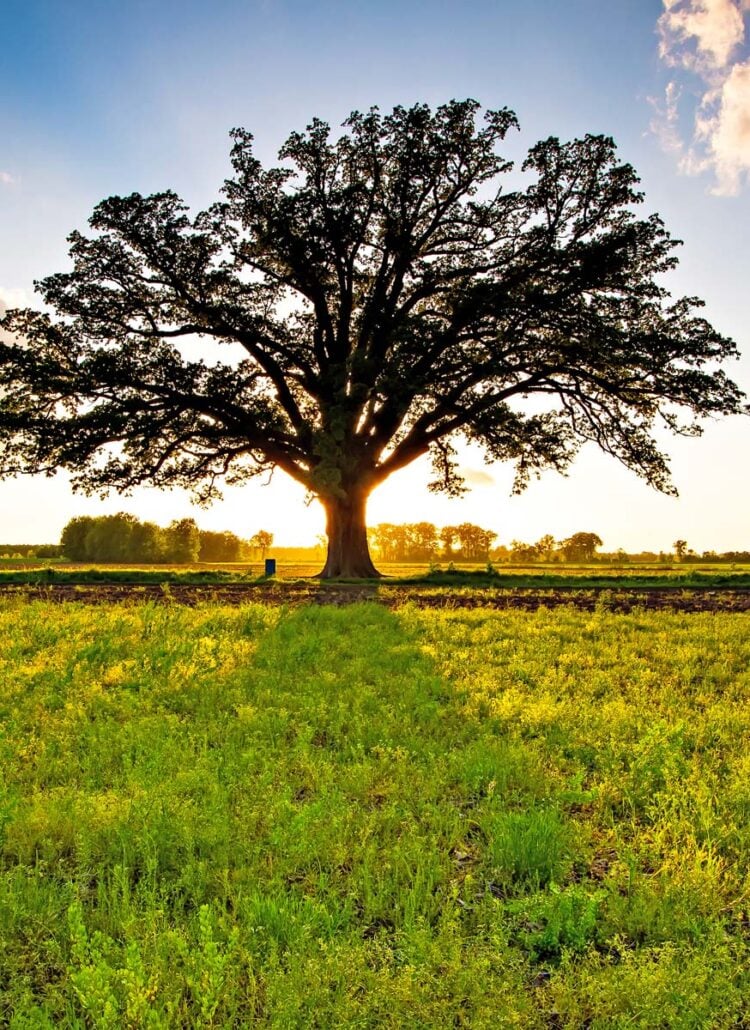
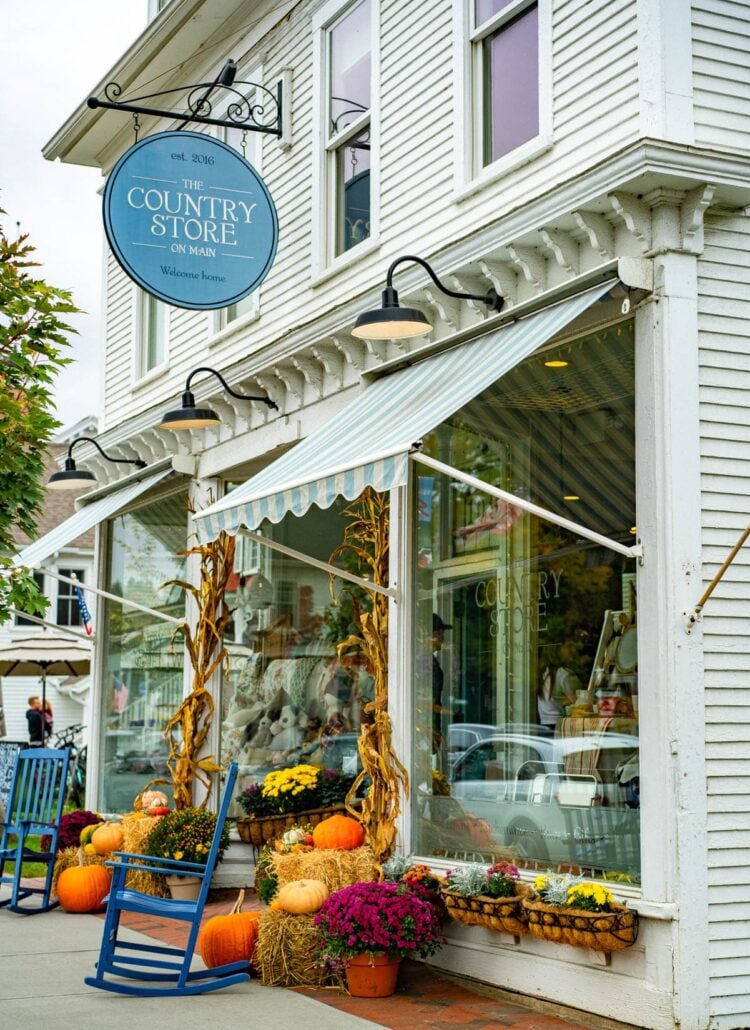
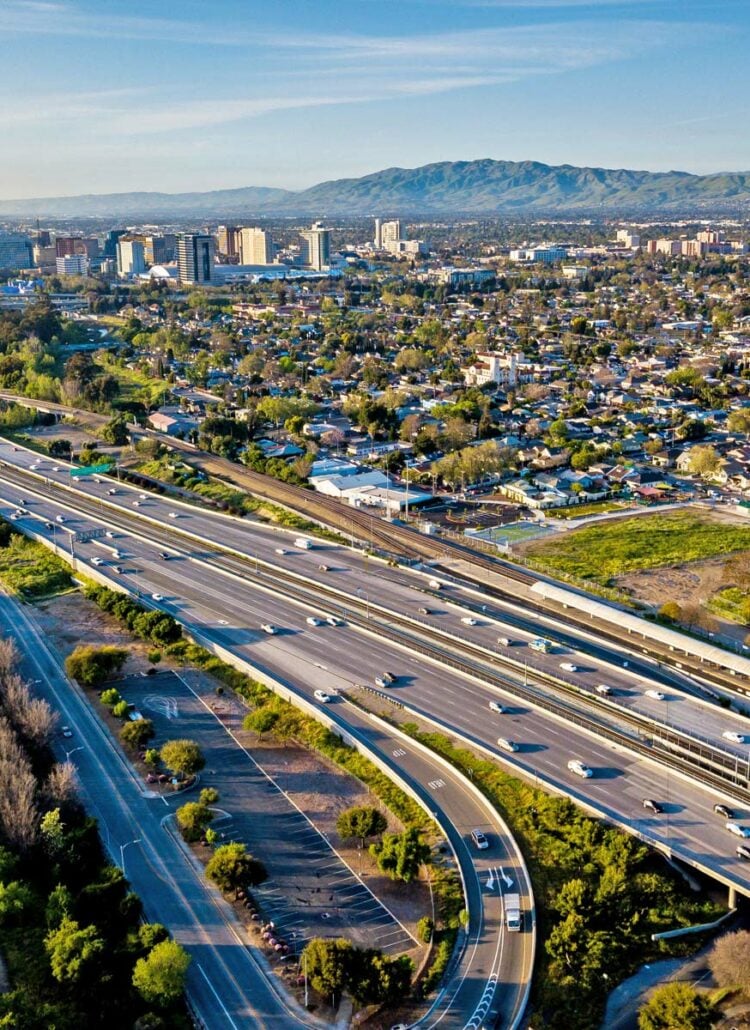
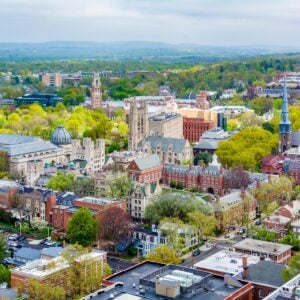
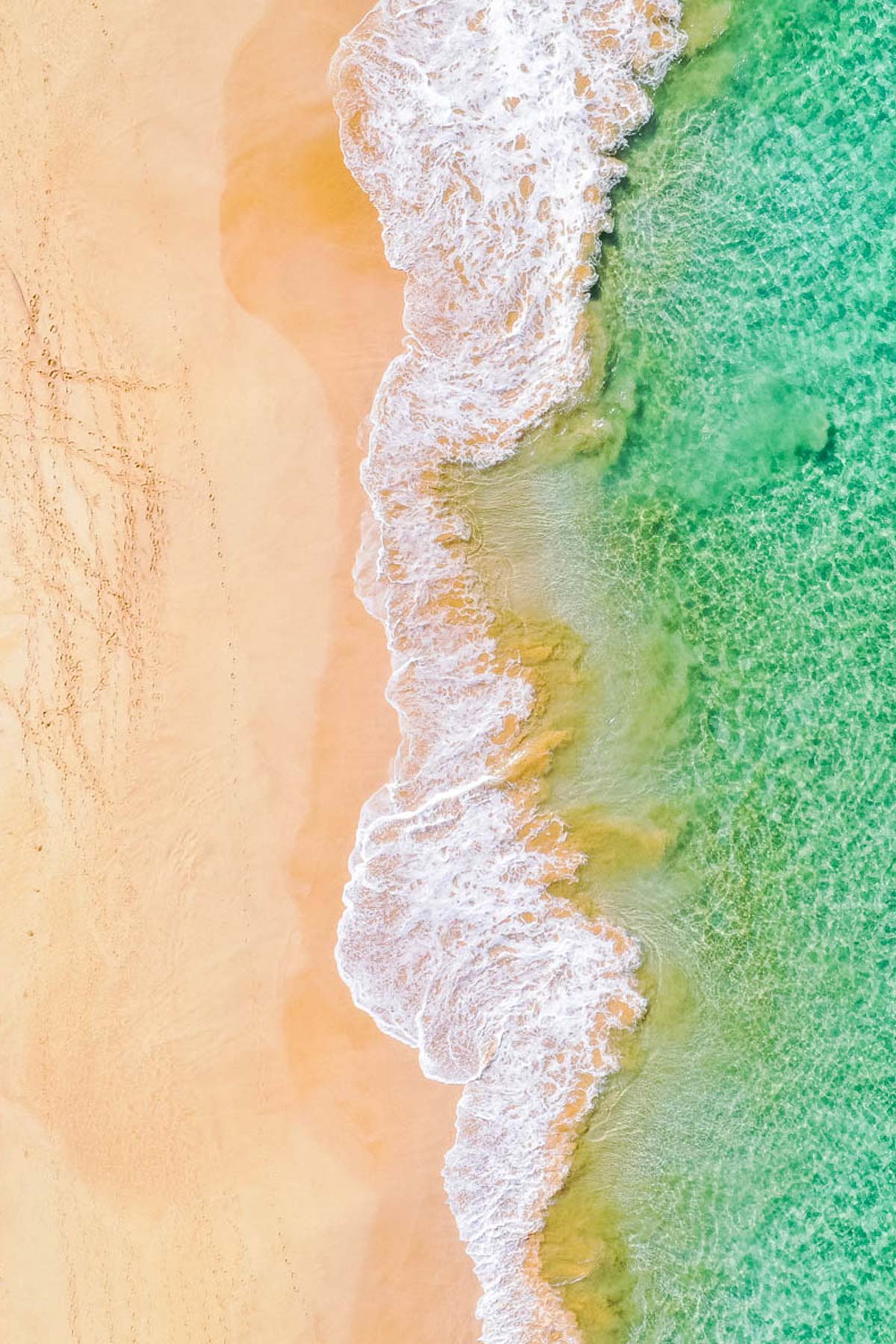
Leave a Reply